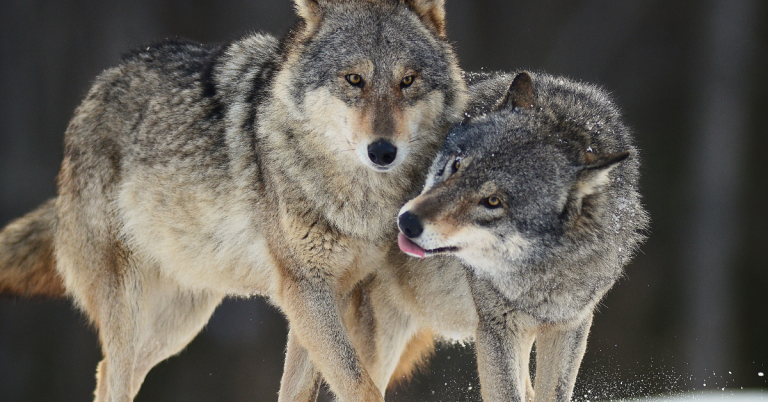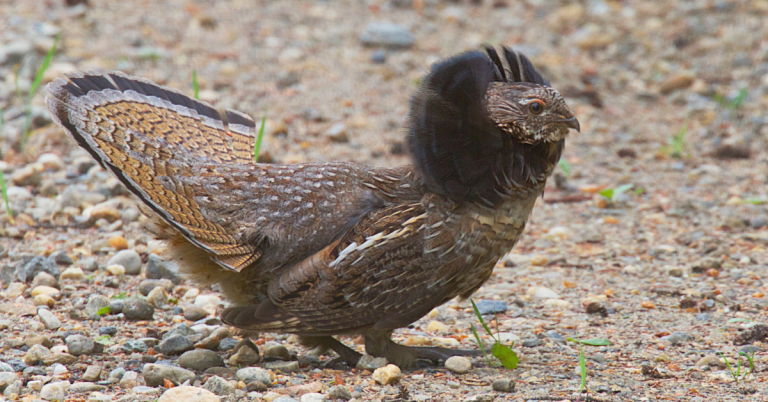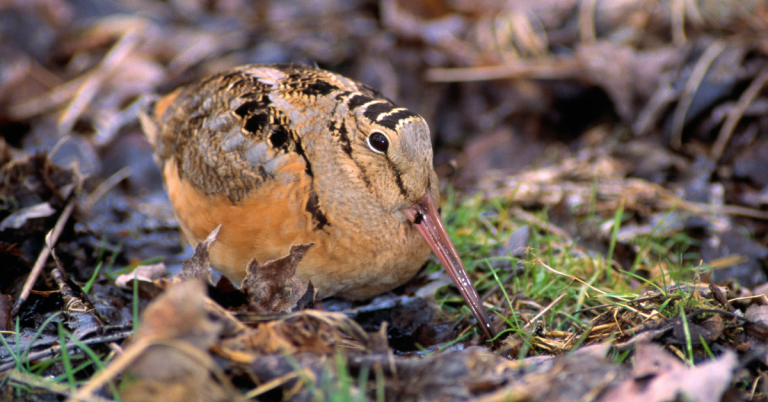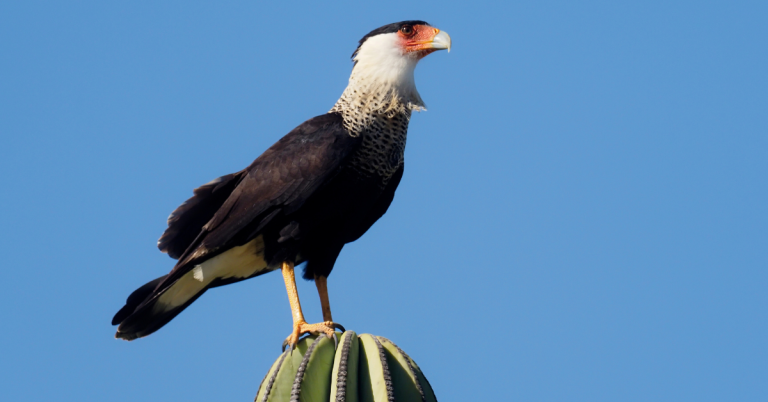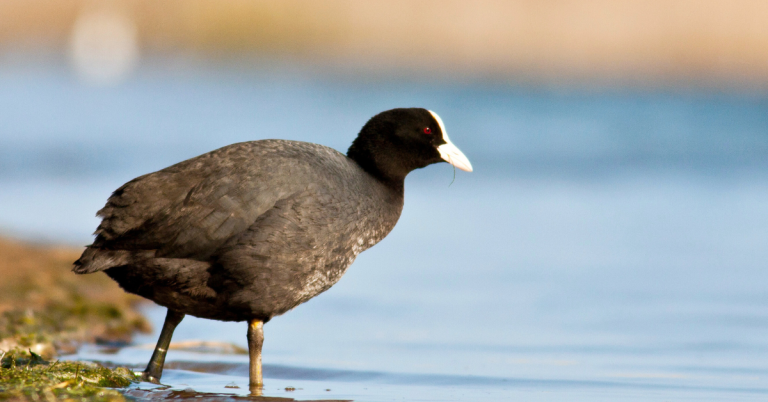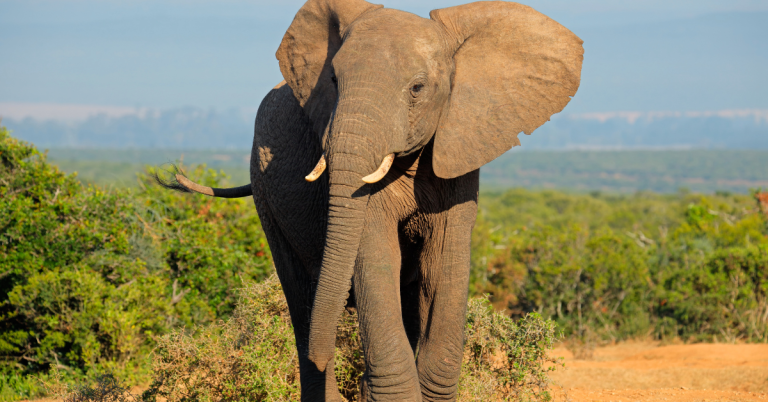elk hunting guide
Embarking on an elk hunt is a thrilling adventure that requires careful preparation and a deep respect for the majestic animal. In this comprehensive hunting guide, we’ll cover everything you need to know about elk hunting, from understanding their behavior to ensuring ethical and responsible practices.
Understanding Elk Behavior
Elk are majestic creatures known for their size, agility, and social behavior. Understanding their behavior is crucial for a successful hunt. Elk inhabit a variety of habitats, from mountains to forests, and form herds led by dominant males during the mating season. Familiarize yourself with their habits, communication signals, and preferred habitats to increase your chances of a successful encounter.
Choosing the Right Hunting Location
Selecting the ideal hunting location is essential for a fruitful elk hunt. Elk are found across North America, primarily in western states such as Colorado, Montana, and Wyoming. Consult with experienced guides or outfitters familiar with elk habitats to identify promising hunting grounds. Look for areas with ample food, water, and cover, ensuring a safe and productive hunting experience.
Effective Hunting Tactics
Elk hunting requires patience, skill, and strategic planning. Spot-and-stalk hunting, using stealth and natural cover to approach undetected, is a common tactic. Alternatively, hunters may utilize calling or rattling techniques to attract elk during the rut. Regardless of the approach, prioritize safety, patience, and marksmanship for a successful harvest.
Ethical and Responsible Hunting
Ethical hunting principles are paramount when pursuing elk. Obtain the necessary permits and licenses required by local authorities, ensuring compliance with hunting regulations and quotas. Respect elk as valuable wildlife resources and approach hunting with reverence and appreciation for the natural world. Practice humane harvesting techniques to minimize suffering and waste.
Field Dressing and Meat Processing
Proper field dressing and meat processing are essential for preserving the quality of elk meat and hides. Carry quality knives and equipment for field dressing, and process the meat promptly to prevent spoilage. Elk meat is lean and flavorful, making it an excellent source of protein for traditional recipes and culinary delights. Treat the hide with care, respecting its value as a trophy and cultural symbol.
Species and Subspecies
Elk belong to the Cervidae family and are closely related to deer. Two distinct subspecies exist: the Rocky Mountain elk (Cervus canadensis nelsoni) and the Roosevelt elk (Cervus canadensis roosevelti). Understanding the differences between these subspecies can inform hunting strategies and conservation efforts.
Hunting Legality by Area
Before embarking on an elk hunt, research the legality of hunting in your chosen location. Elk hunting regulations vary by state and may include restrictions on hunting seasons, tag quotas, and weapon types. Ensure compliance with local laws and support efforts to conserve elk populations for future generations.
Legal and Cross-Border Considerations
If planning an elk hunt in international territories or across state borders, familiarize yourself with legal and logistical considerations. Obtain necessary permits and documentation from relevant authorities, and adhere to regulations governing wildlife importation and firearm transportation. Respect local customs and landowner rights, fostering positive relationships with communities and stakeholders.
Safety Tips
Safety is paramount when hunting elk in rugged and challenging terrain. Prepare adequately for mountain conditions, including appropriate clothing, footwear, and emergency supplies. Exercise caution when navigating steep slopes and rough terrain, and be mindful of other hunters in the area. Prioritize the well-being of yourself and your hunting companions at all times.
Where is the best place to hunt for elk?
Elk are found across North America, primarily in western states such as Colorado, Montana, and Wyoming.
What is the best time to hunt for elk?
Elk hunting seasons vary by location and are typically scheduled during the fall rut or winter migration periods.
What Are The Best Hunting Methods?
Spot-and-stalk hunting, calling, and rattling techniques are common approaches for hunting elk, depending on terrain and hunting regulations.
What Are The Best Hunting Methods?
Spot-and-stalk hunting, calling, and rattling techniques are common approaches for hunting elk, depending on terrain and hunting regulations.

